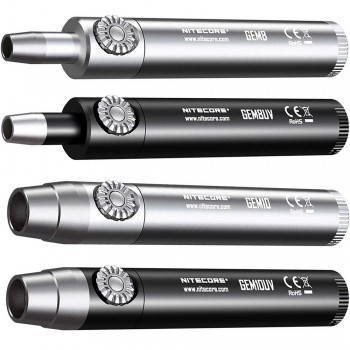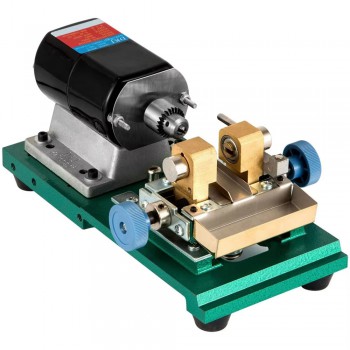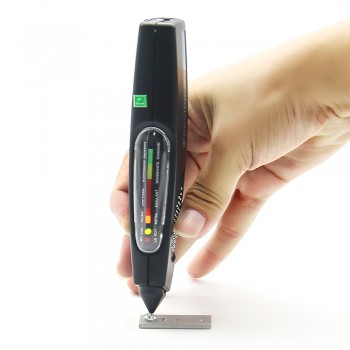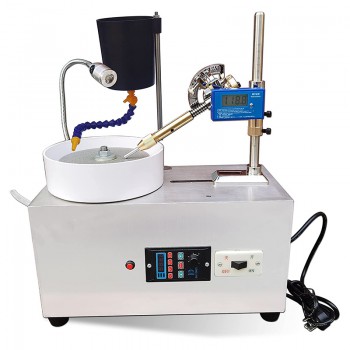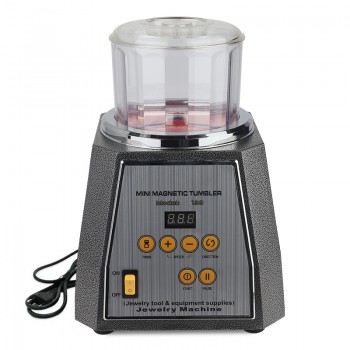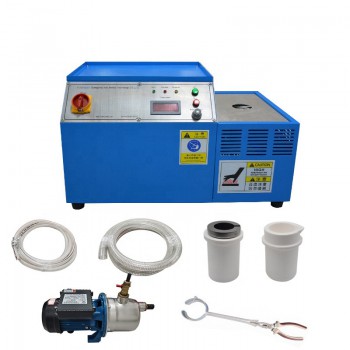
Platinum Melting Furnace
What is it?
A platinum melting furnace is a specialized heating device used for melting platinum and other precious metals with high melting points. Platinum’s melting temperature is around 1768°C, requiring equipment that can maintain controlled and sustained heating. It is commonly applied in jewelry production, refining, and laboratory work where accurate temperature control is essential. The equipment is designed to manage the melting process safely while supporting precise casting or alloy formation.
Working Principle and Function
The working principle is based on the conversion of electrical energy into heat. Most models use induction heating or resistance heating systems. In an induction system, an electromagnetic field generates eddy currents within the metal, creating heat from within. Resistance furnaces heat the crucible directly using heating coils. The platinum melting machine maintains the temperature through a control unit that regulates power input and heating time. The furnace chamber is usually lined with insulation materials to support even heat distribution and protect the outer structure.
Features and Construction
It often includes a high-temperature crucible, induction coil or heating element, temperature controller, and cooling system. Crucibles for platinum are typically made from ceramic or alumina materials that withstand extreme temperatures without reacting with the metal. Some models include inert gas chambers to reduce oxidation during melting. Compact bench models are suitable for jewelry workshops, while larger furnaces are used in casting factories or material research facilities.
What should you consider when buying one?
When selecting a platinum melting machine, several technical factors should be considered. These include maximum temperature capacity, power output, crucible volume, and available workspace. For jewelry manufacturing, smaller furnaces can support gold, silver, and platinum melting in limited quantities. For research or continuous production, selecting a model with adjustable power settings and temperature calibration may support consistent operation. Reviewing voltage requirements, cooling system type, and crucible replacement compatibility before purchase helps align equipment choice with operational needs.
Purchase and operation considerations
Before purchasing one, it is recommended to check manufacturer specifications related to power supply, heating range, and duty cycle. The workspace should have proper ventilation and access to cooling water or air systems if required. During operation, the crucible should be inspected for cracks before use and preheated gradually to reduce thermal stress. Using protective gear and temperature sensors helps manage melting conditions safely.
Application Areas
Platinum melting furnace is widely used in jewelry casting, refining facilities, electronic material processing, and laboratories. It supports melting of platinum, palladium, rhodium, and other high-melting-point materials. Jewelers use it to form ingots, cast rings, and prepare alloys for precision designs. In laboratory environments, it assists with metallurgical analysis and experimental alloy development. Its temperature control function supports accurate melting of small or medium metal quantities.


